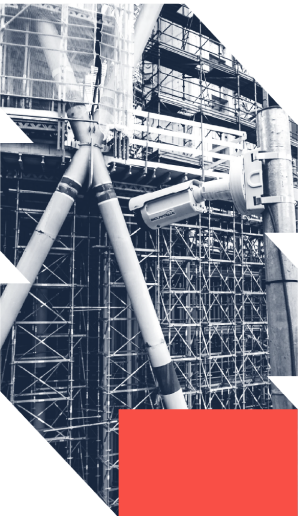Will AI replace Architects in the future?

AI: fun and worries
AI-generated models are the latest trend among designers. Platforms such as Craiyon, Nightcafe, Dall-E 2, and Midjourney are the source of endless fun and wonderful images.
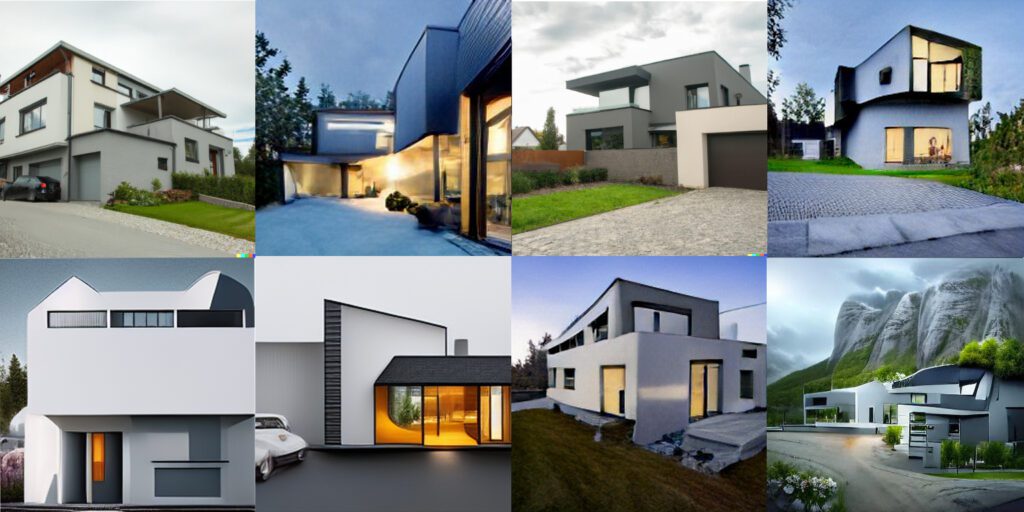
Comparison image with the input “two-story futuristic Scandinavian neighborhood house with garage and garden on the front” in Craiyon, Nightcafe, Dall-E 2 and Midjourney
With these images, it has come a fresh set of worries from the creative world, particularly architects wondering if they will soon be out of a job. Before jumping to conclusions, let’s analyze this situation further.
The current state of the art
These AI tools interpret text prompts as visual outputs and can create detailed images, but those creations have limitations, not only to the number of characters but also to the control the author has over the final output.
Users can iterate until getting an approximate solution, but in the end, many digital artists end up recurring to a post-production tool for adjustments. In essence, AI is used as a starting point.
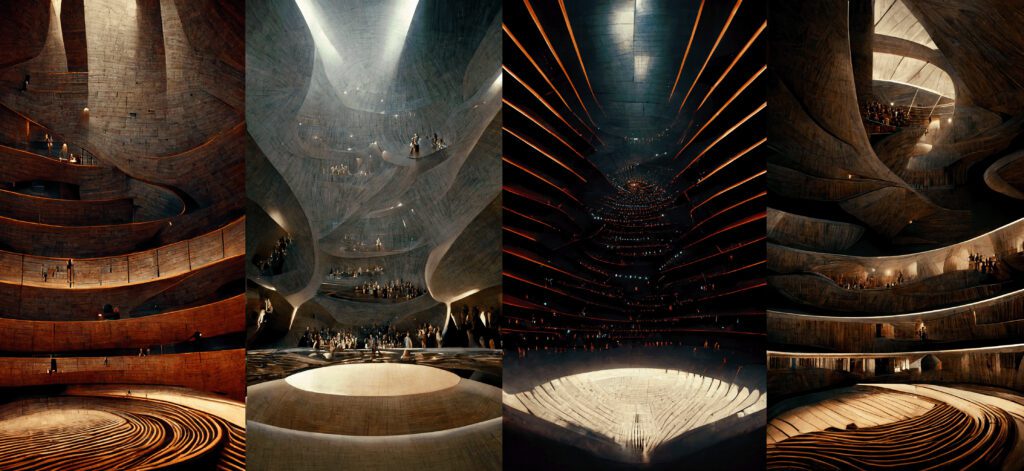
What should an AI have to be more than inspiration?
So the question arises from what is still missing for these solutions to be a daily part of an Architect’s design process. Currently quick progress is being made in the AI-based 2D image to 3D model conversion, but for now, you can only achieve this using an extra tool like Kaedim3D. This still doesn’t offer much precision yet
So don’t get me wrong, any of the outputs can have a considerable value for illustrative or inspirational purposes, but going from there to a final building design is still a long road to go.
There are other approaches like Stanislas Chaillou on Architecture as a Graph. Here, an AI model can determine how the internal configuration of a building should be starting from the definition of a plan footprint, dimensions and location of openings (doors and window).
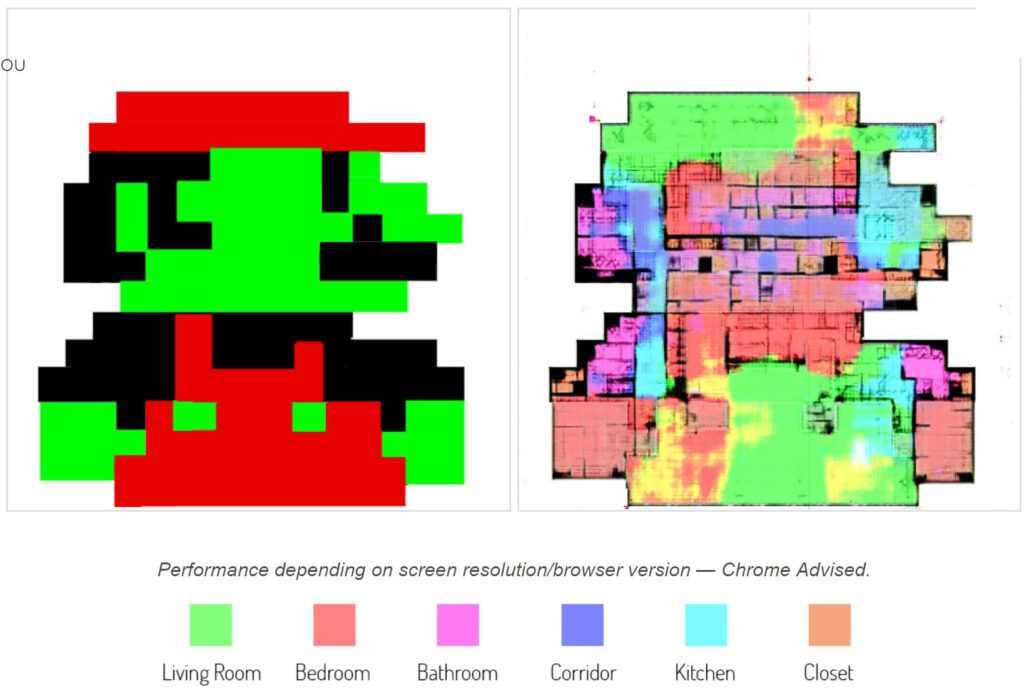
TestFit Inc, the first to connect pro forma, construction cost, and asset design.
They are using AI and allowing users to get a building design based on specific input properties like size, shape, circulation and other project restrictions.
If AI is to be a daily part of the design process, it will look more like this than an input text and obtaining a 2D image.
Are there other uses besides helping in design?
Another use construction firms are considering is the creation of architectural renderings.
From an aesthetic point of view, no one will doubt that AI tools produce incredible images. Still even then, we find once again the problem of the precision of the output, where you only have a text description as an input and not an accurate 3D model, which is what most visual artists get as a start point.
Imagine 3D modeling tools like Blender, 3Dsmax, or Revit integrated to these AI tools. Users could get a live rendering with elements like trees, cars, people, etc.
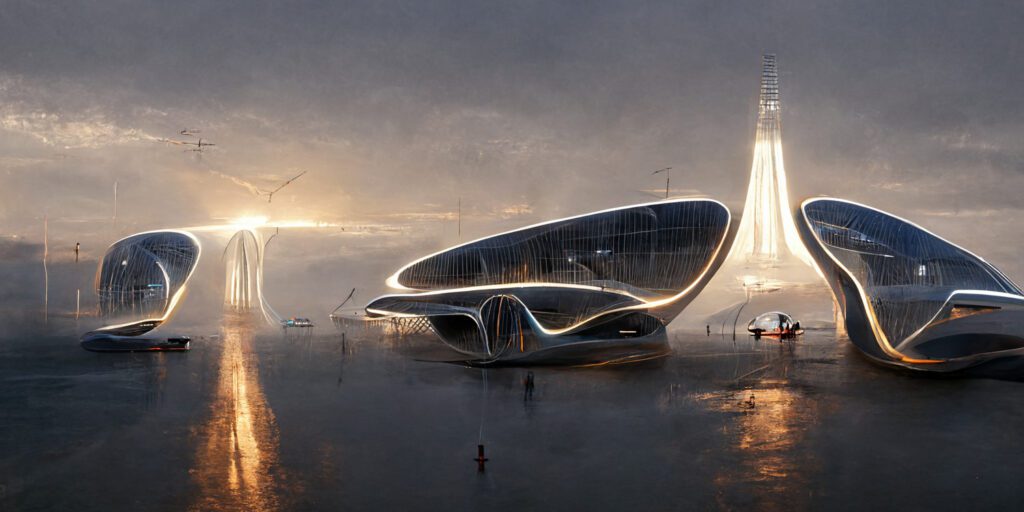
What awaits for us in the future
These AI platforms will move from 2D to 3D, like the artist Refik Anadol, who is already using machine learning for stunning 3D art pieces.
Soon game engines like Unity or Unreal will integrate AI 3D generated for live experiential interactions, design alterations, etc. We could even dream about AI working with BIM to create complete building designs.
According to a recent World Economic Forum report, robots, automation, and artificial intelligence could replace 85 million jobs globally by 2025. However, it will also create 97 million new jobs in the future.
The truth is that you might be replaced by technology in the future, but good news are that new and challenging opportunities will appear for those who adapt using technologies like AI on their design process, don’t you think?
Valentin Noves
I'm a versatile leader with broad exposure to projects and procedures and an in-depth understanding of technology services/product development. I have a tremendous passion for working in teams driven to provide remarkable software development services that disrupt the status quo. I am a creative problem solver who is equally comfortable rolling up my sleeves or leading teams with a make-it-happen attitude.
